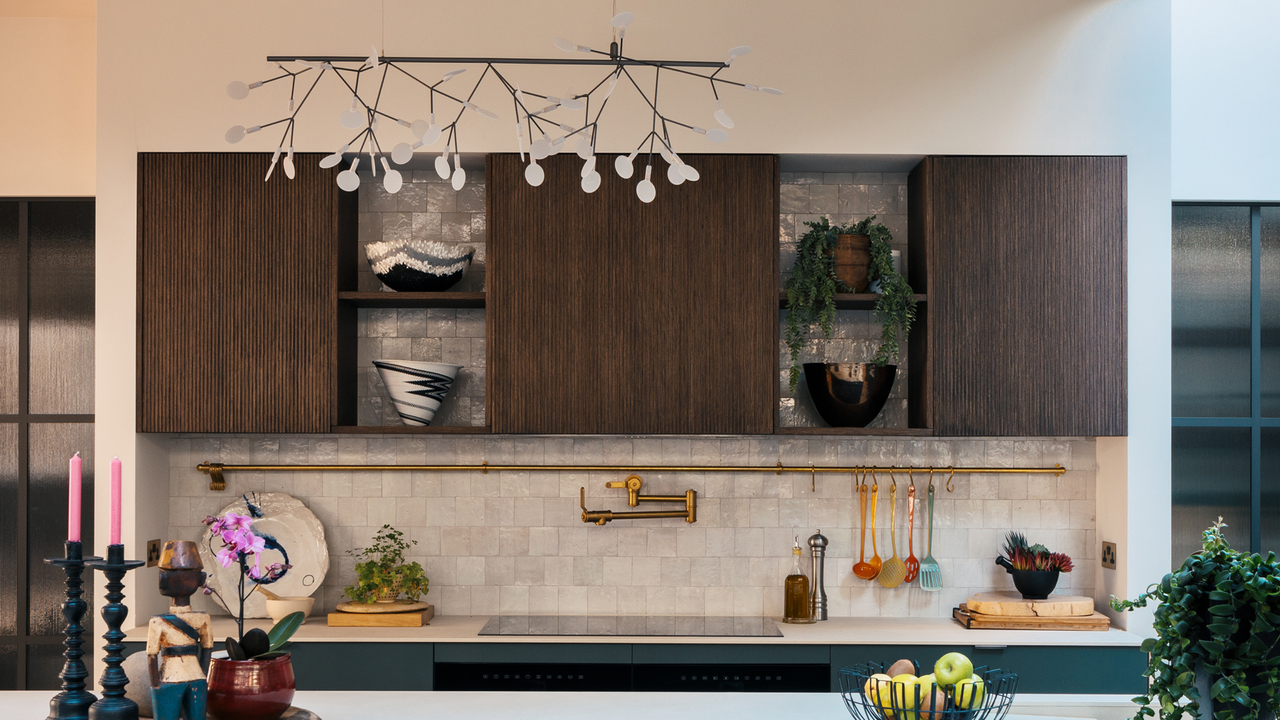
There seems to be a new tiling trend every other week. Whether that be a bold checkerboard or a delightfully glossy zellige, this constant stream of inspiration has us wanting to redo every surface of our house.
The tiles you choose can easily become the highlight of your home, with so many richly textured natural materials and eye-catching finishes to choose from. But following those tile trends can be a notoriously costly undertaking, especially when you factor in the costs of installation and upkeep, which is why we know how important it is to try to avoid any additional, accidental hidden costs.
Thankfully, our experts are here to help us along with this mission, sharing all the most costly mistakes they've seen their clients make when picking tiles, so we don't have to fall for the same errors.
1. Under Ordering
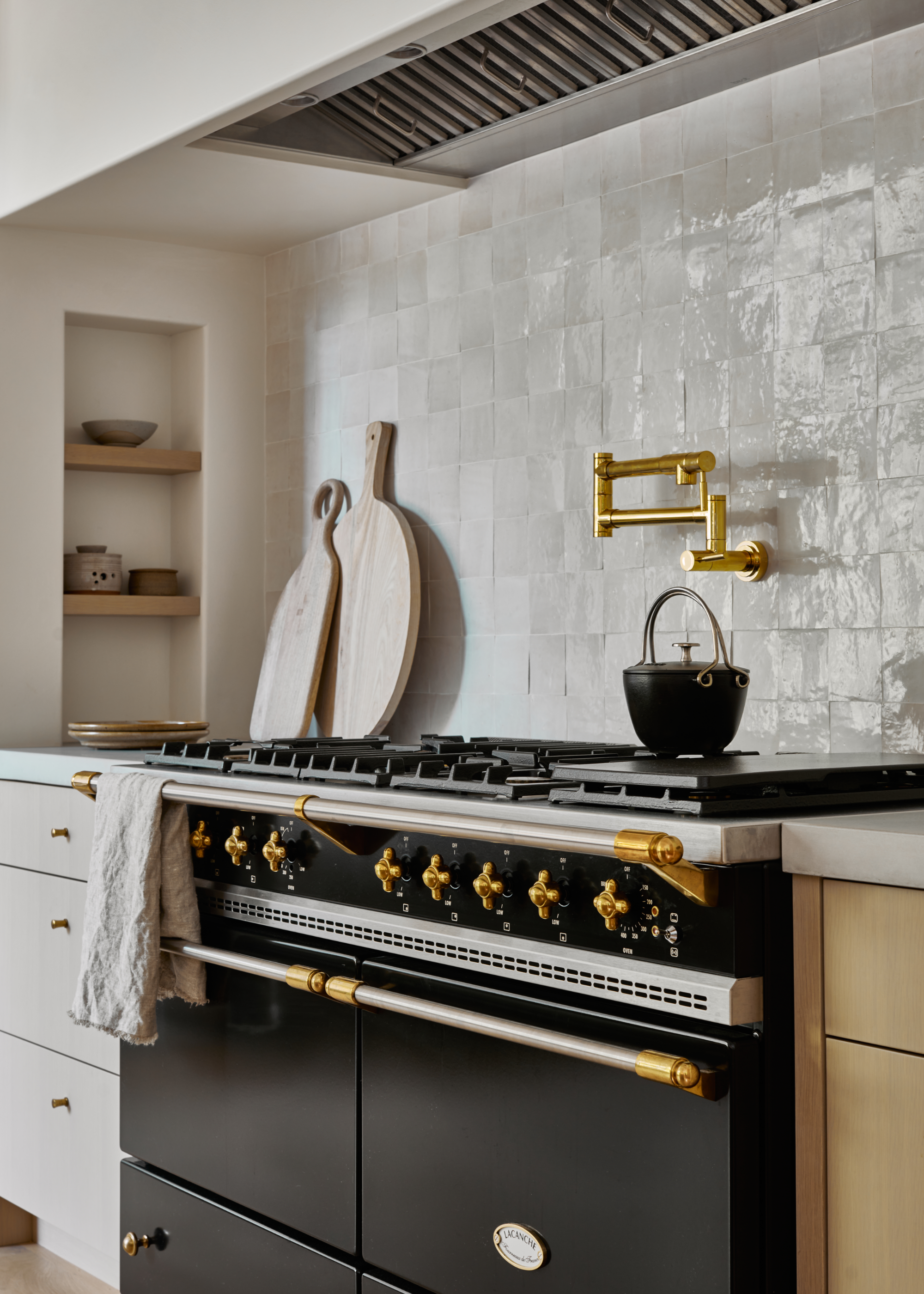
You may think ordering fewer tiles is a smart way to keep costs down, after all, no one wants waste, do they? But this can ultimately end up costing you more in the long run.
"It is surprisingly common to underestimate quantities," shares Grazzie Wilson, head of creative at Ca’ Pietra.
Not only will this misstep end up costing you time, forcing you to wait double the time to receive the additional batch of the same type of tiles, but it can also end up affecting the overall look of your tiling.
As Grazzie explains, "Tiles come in batches, and the tone can shift ever so slightly from one to the next, so it’s always wise to order more than you think you need."
This point is echoed by Camilla Masi, from Otto Tiles, who says, "It’s easy to underestimate how many tiles you need or forget to allow for cuts, breakages, or future repairs. We always recommend ordering at least 10% extra and ideally from the same batch, as handmade or natural tiles often vary slightly in color and tone."
2. Choosing the Wrong Grout Color
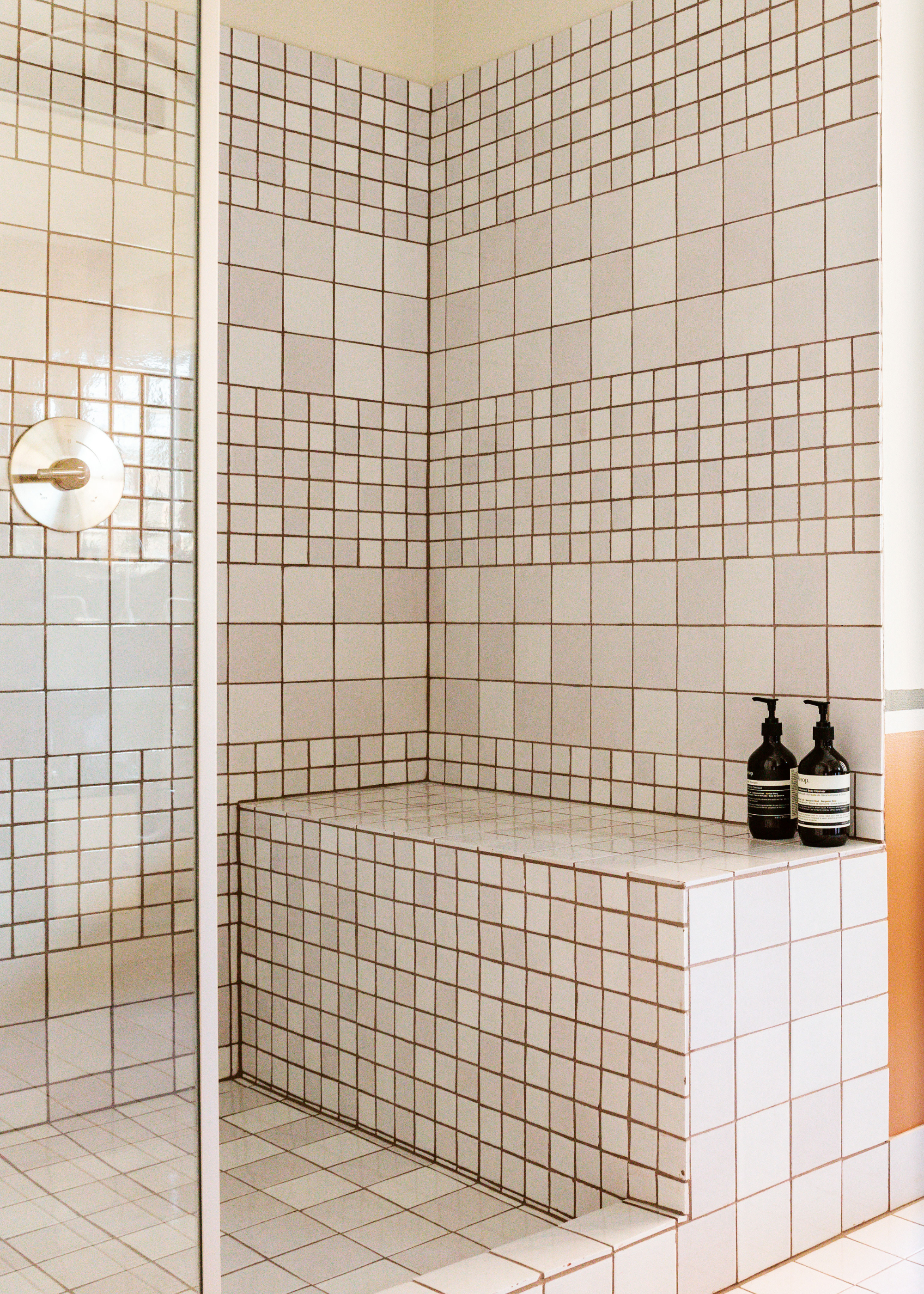
"Grout color and spacing can completely change the look of your tiled space," explains Camilla.
When you're designing your tiling design, the grout is hardly the first thing on your mind. It's by far the least glamorous and exciting element, but that doesn't mean it isn't important.
"Choosing a grout that’s too harsh (like bright white on dark tiles, or vice versa) can disrupt the flow of a design," Camilla says. "Likewise, going too narrow or too wide with grout lines can affect both aesthetics and function. We always advise testing grout samples alongside your tile before committing. "
Unless you're intentionally going for the oversized grout look, most of the time you want the grout to fade into the background, barely noticeable. However, if you opt for too stark a shade, you'll end up with the opposite effect.
Additionally, a bright white grout will be far harder to maintain, meaning you'll end up spending more money and time attempting to save your tiles from looking dirty.
Maria D Arráez, director of Tile of Spain UK, agrees, saying, "When buying tiles, keep in mind the grout color as it can stain or discolor over time, detracting from the overall look of a bathroom. Colored grouts, such as grey or beige, are generally easier to maintain than bright white options. Some grout types also offer better stain resistance, so it’s important to choose the right one for bathroom use."
3. Ignoring Compatibility
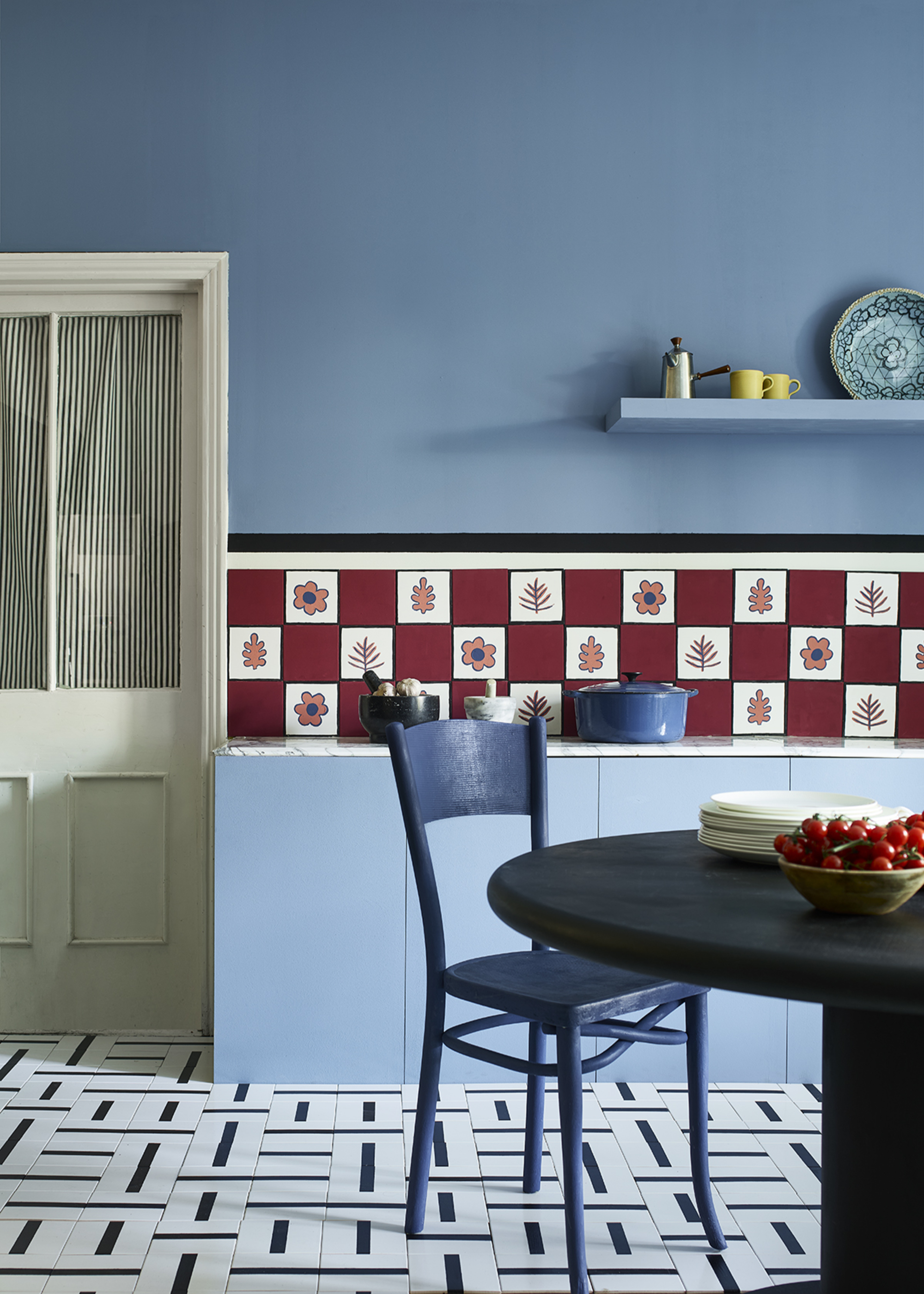
"The most common mistake people make when choosing their tiles is not thinking holistically," says Louise Ashdown, head of design at West One Bathrooms. "You might fall in love with a specific tile for the floor, or an accent wall, but unless it works with the rest of the scheme — your brassware finish, vanity color, even the tone of your lighting- it can end up feeling disjointed," Louise explains.
This tendency to rush into a decision, without thinking about the wider picture, can end up costing you far more than you need or want to spend. You'll end up having to shift around the rest of your design, investing in new accessories, and paint colors just to try and make the tiles work.
This is an issue Camilla has also noticed clients running into.
"One of the biggest mistakes we see is people falling in love with a tile and not checking if it’s suitable for the space," she says. "For example, highly textured or glossy tiles might look beautiful, but they can be very slippery underfoot and high-maintenance on walls when exposed to water — no one wants to be cleaning off water stains every week! Always check the tile’s slip rating and suitability for walls vs floors, and when choosing your tiles, understand the demands of the space, especially in wet rooms or walk-in showers."
This issue will be particularly pertinent for flooring, or in bathrooms, where the wrong tiles may not only present aesthetic issues, but can actually create risks to your health and safety. Before buying, make sure you know that the tiles you've selected are appropriate for the intended use.
4. Trying to Cut Corners
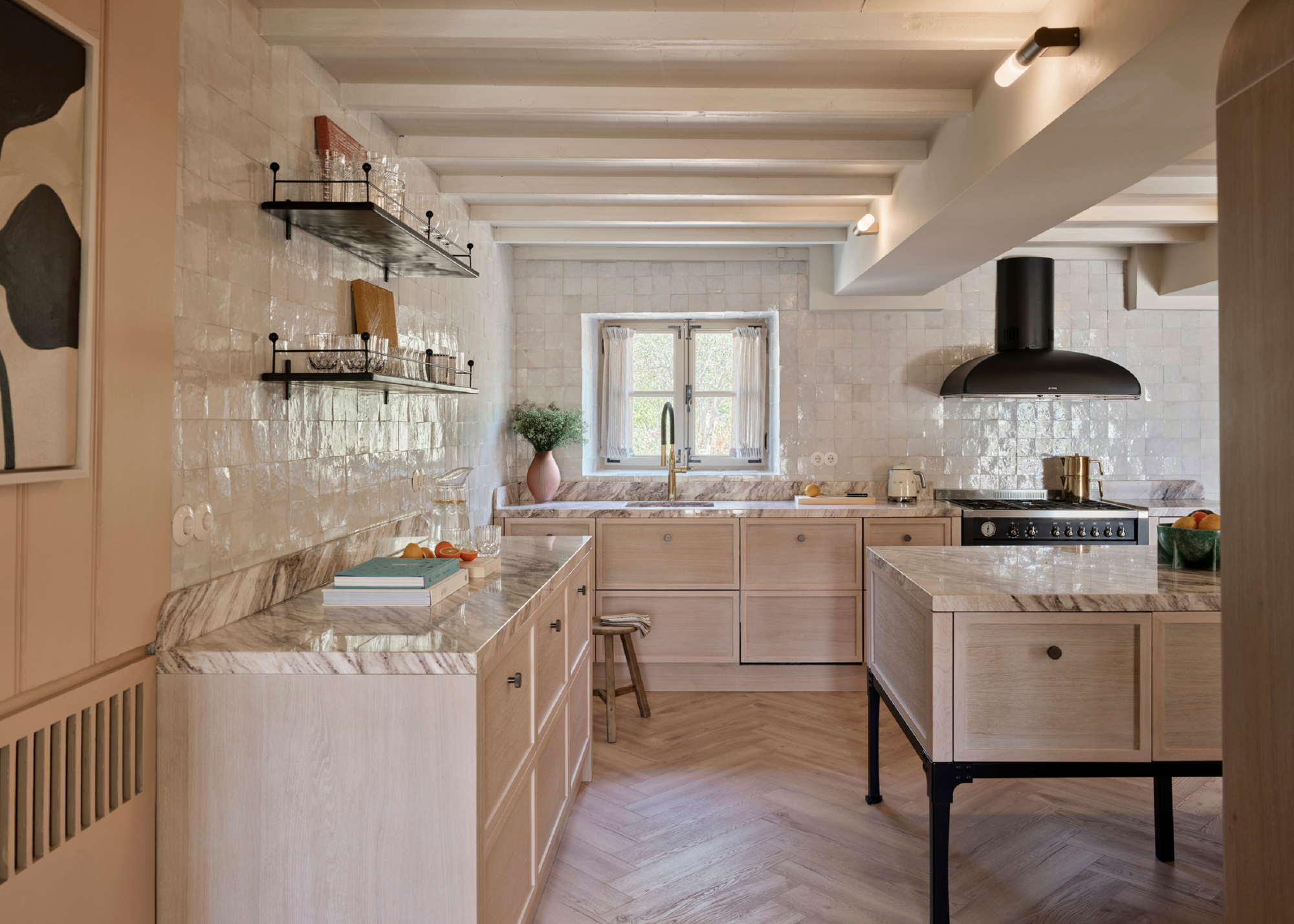
When you're trying to design your home on a budget, there is an undeniable appeal to the idea of cutting corners, trying to cheat the system, buying the cheapest options, and DIYing the tasks that others pay hundreds to have done for them. Unfortunately, though, there's a reason those beautiful spaces cost so much; you can't cheat quality.
As Lauren Cherkas, the chief sales officer from Artistic Tile, says, "One of the most common mistakes is when people cut corners and select the lowest priced option, or use appropriate and beautiful products too sparingly. This can lead to problems in the future and does not offer the best aesthetic result from the outset."
Admittedly, tiling your home is not a cheap endeavor; not only is there the initial cost of high-quality tiles, but there's also the added cost of hiring an experienced craftsman to install them. However, spending this money upfront will ultimately save you money in the long run. High-quality tiles, installed well, should last you for several years, something you won't find from cutting corners.
"Tile is an investment in your home and creates the background to your at-home memories. Choose high-quality and beautiful materials you love. Nobody ever regretted choosing materials that bring them the greatest happiness," says Lauren.
5. Following Trends
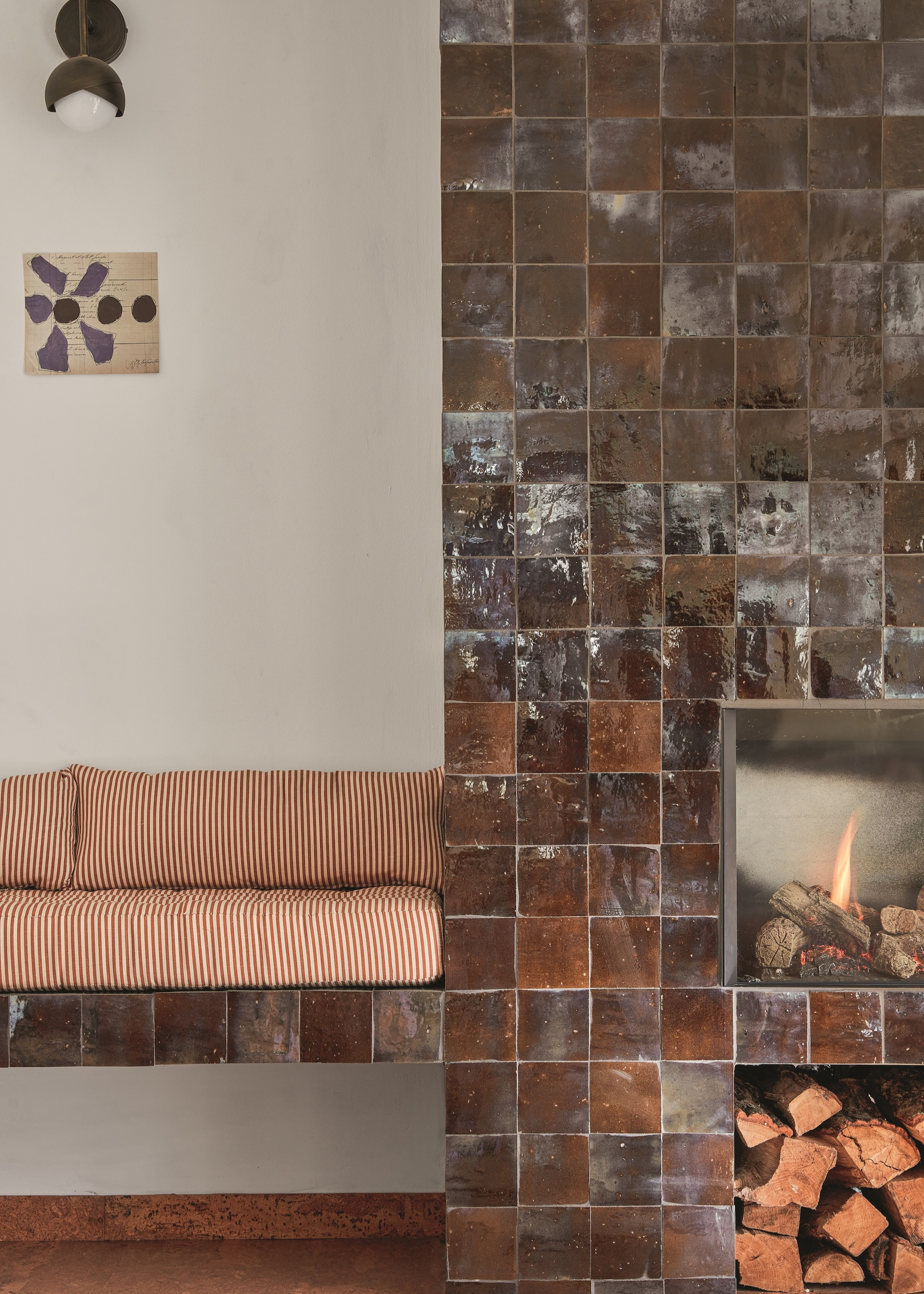
We're not here to shame you for wanting to follow interior design trends. But, we may try to talk you out of committing to a tile style just because you've seen it on your favorite influencers' walls.
"Bold designs are back, which we love!... but tiling is more permanent than paint," notes Camilla. "If you're going for a statement tile, make sure you genuinely love it, not just because it’s trending."
While you may be able to experiment with trends when it comes to your accessories and color schemes, the core design decisions, like your tiling, should feel timeless, rather than trendy.
Shop Our Favorite Tile Styles
If we have one mission, it's saving you money, so you can enjoy decorating with tiles without breaking the bank. And if you're looking for some inspiration, we've got you covered on that front too.
Personally, I've been loving the look of plaid and gingham tiles at the moment.







